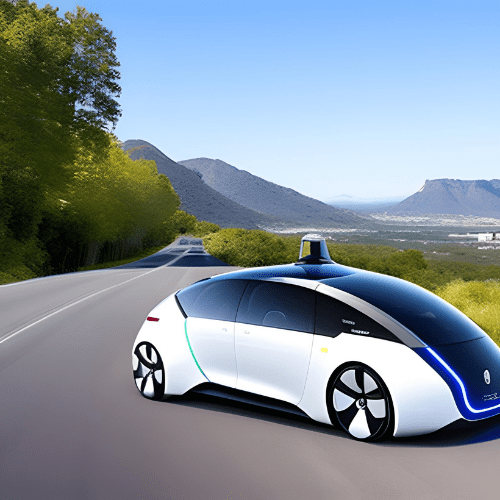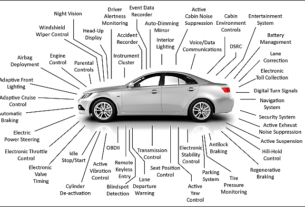The automotive industry is undergoing a profound transformation with the advent of autonomous vehicles. These self-driving cars rely heavily on sophisticated software and electronics to perceive their surroundings, make decisions, and control the vehicle. One crucial technology that plays a pivotal role in achieving the ambitious goals of autonomous driving is AUTOSAR, short for Automotive Open System Architecture. In this article, we will explore the indispensable role of AUTOSAR in autonomous vehicles and how it helps shape the future of transportation.
Understanding AUTOSAR
AUTOSAR is an open and standardized software framework that provides a common platform for the development of automotive software. It was created to address the increasing complexity of automotive software systems and to enable the efficient integration of software components from various suppliers. AUTOSAR defines a layered architecture with standardized interfaces and communication protocols, promoting interoperability and scalability.
The Autonomy Challenge
Autonomous vehicles are designed to navigate and make decisions in complex, real-world environments. These vehicles rely on a multitude of sensors, including cameras, radar, lidar, ultrasonic sensors, and more. They also require extensive software to process sensor data, control vehicle functions, and ensure safety. The autonomy challenge lies in developing software that can handle the vast amount of data generated by sensors, make split-second decisions, and guarantee the safety of passengers and pedestrians.
The Role of AUTOSAR in Autonomous Vehicles
- Integration and Compatibility: AUTOSAR serves as a common framework for software development, enabling the integration of various software components and modules. In autonomous vehicles, where multiple systems must work seamlessly together, AUTOSAR ensures compatibility and interoperability among different software stacks and components.
- Functional Safety: Safety is paramount in autonomous driving. AUTOSAR supports the development of safety-critical systems by adhering to standards like ISO 26262. It provides mechanisms for error handling, fault tolerance, and redundancy, reducing the risk of software-related accidents.
- Complex Software Management: Autonomous vehicles require complex software architectures to process sensor data, run perception algorithms, plan routes, and control the vehicle. AUTOSAR’s layered architecture and standardized interfaces simplify the management of this complexity, making it easier to design, develop, and maintain the software.
- Inter-ECU Communication: Electronic Control Units (ECUs) in autonomous vehicles must communicate efficiently to share data and coordinate actions. AUTOSAR provides a standardized communication framework, ensuring that data flows smoothly between different ECUs, such as those responsible for sensor fusion, decision-making, and control.
- Scalability: As autonomous driving technology evolves, the software must be scalable to accommodate new features and capabilities. AUTOSAR’s modular architecture allows for the easy addition of new software components and functions, ensuring that autonomous vehicles can adapt to changing requirements.
- Diagnostics and Telematics: AUTOSAR includes diagnostic and telematics features that are essential for autonomous vehicles. These features enable remote monitoring, software updates, and maintenance, enhancing the overall reliability and performance of autonomous systems.
Conclusion AUTOSAR is at the heart of the automotive industry’s efforts to bring autonomous vehicles to our roads safely and efficiently. Its standardized framework facilitates the integration of complex software, ensures functional safety, and simplifies communication between electronic control units. As autonomous driving technology continues to advance, AUTOSAR will play an increasingly pivotal role in shaping the future of transportation, making self-driving cars a reality while ensuring the highest levels of safety and reliability for passengers and pedestrians alike.


